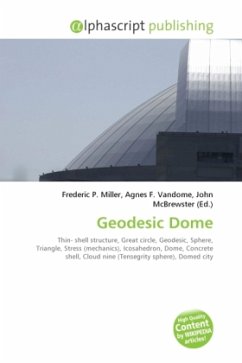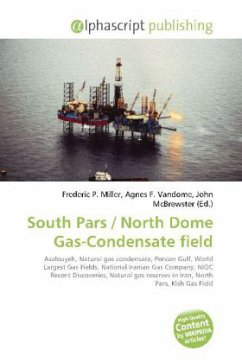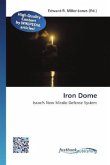A geodesic dome is a spherical or partial-spherical shell structure or lattice shell based on a network of great circles lying on the surface of a sphere. The geodesics intersect to form triangular elements that have local triangular rigidity and also distribute the stress across the entire structure. When completed to form a complete sphere, it is known as a geodesic sphere . Typically the design of a geodesic dome begins with an icosahedron inscribed in a sphere, tiling each triangular face with smaller triangles, then projecting the vertices of each tile to the sphere. The endpoints of the links of the completed sphere would then be the projected endpoints on the sphere's surface. If this is done exactly, each of the edges of the sub-triangles is slightly different lengths, so it would require a very large number of links of different sizes. To minimize the number of different sizes of links, various simplifications are made. The result is a compromise consisting of a pattern of triangles with their vertices lying approximately on the surface of the sphere. The edges of the triangles form approximate geodesic paths over the surface of the dome that distribute its weight.
Bitte wählen Sie Ihr Anliegen aus.
Rechnungen
Retourenschein anfordern
Bestellstatus
Storno








